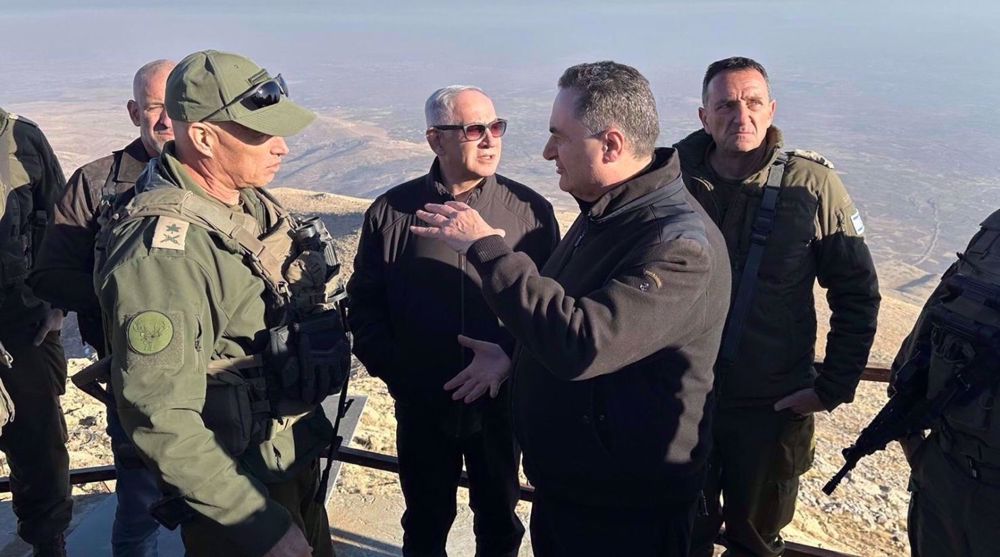NATO faces big bill if it fails to pick AWACS successor soon: Officials
A senior NATO official says the US-led military alliance would be facing the unpleasant prospect of paying a significant bill if it failed to come up with a successor to its ageing fleet of AWACS spy planes by around 2035.
Brigadier General Michael Gschossmann, the NATO’s general manager for the agency in charge of the AWACS surveillance aircraft fleet, made the revelation in an interview with Reuters.
Gschossmann said he expected to finalize by December a $750 million contract with US arms maker Boeing to extend the life of the aircraft through 2035. Boeing will also receive $250 million more earmarked for design, spare parts and testing.
The NATO official, however, said it was critical to decide quickly how to replace the 1980-era AWACS airplanes since the alliance would need to take costly steps to keep them in the air or up-to-date.
“We have to get moving on this. We have to ensure that the studies move along quickly. We need a reality check,” he said.
The Boeing E-3 Sentry AWACS, with its distinctive radar dome on the fuselage, is among the few military assets directly owned by NATO and has widely been considered the alliance's "eyes in the sky" for the last four decades.

The AWACS fleet is aging and will soon face the Final Lifetime Extension Programme (FLEP), which will cost the alliance around $1 billion to prolong the lifespan of the spy planes through 2035.
One of the possible successors for AWACS is the Boeing E-7 spy plane, which is already owned by some NATO members such as Britain and Turkey.
Gschossmann stated that the replacement must have "growth potential", meaning it would be able to be modified and upgraded in the future just as the E-7 has such capabilities.
“We have to ensure that we acquire a system that has growth potential, but that also – for financial and time reasons – is based on existing capabilities,” he said.
Gschossmann told Reuters that France and the United States also operated AWACS aircraft and could potentially buy E-7 planes in coming years, which could lower costs by generating larger order quantities.
“Why don’t we bet on the proven technology that we already have in the E-7 and provide NATO with a certain number of those aircraft? That would give us a basic capability that could be expanded in the future,” he added.
George Riebling, deputy general manager of the agency and a former senior US official, said NATO was running out of time.
“There will be things we need to do to the NATO E-3A fleet to keep it flying past 2040," Riebling said. “If you don’t have an idea of what you’re going to do to replace NATO AWACS, then the ‘F’ in Final Lifetime Extension Program (FLEP) can’t stand for final."
NATO actively used the AWACS following the Ukrainian crisis in 2014 to monitor Russia’s borders along with other reconnaissance aircraft, which have regularly been spotted near Crimea, the exclave of Kaliningrad, and Russian military bases in Syria.
Iran condemns Israel’s brazen admission of Haniyeh murder
VIDEO | Conference in Islamabad explores Pakistan-Iran ties
Hamas condemns Israeli evacuation order of Indonesian Hospital
VIDEO | Yemen resistance remains resolute
'Easy target': Yemen warns 4th US carrier within reach
Iran military awarded $40 mln worth of vessel building contracts
‘These kids need to be killed’: Shocking details of Israeli brutalities in Gaza
Yemen faces ‘highest burden’ of cholera globally: WHO










 This makes it easy to access the Press TV website
This makes it easy to access the Press TV website